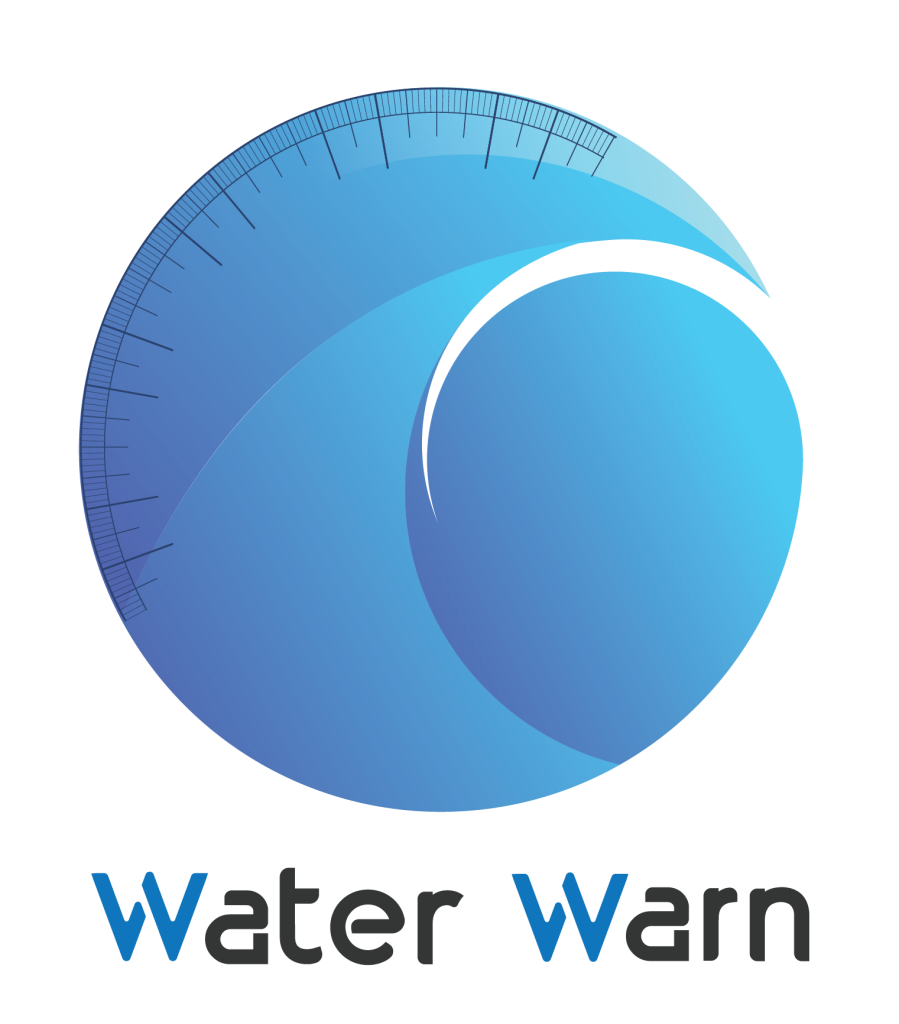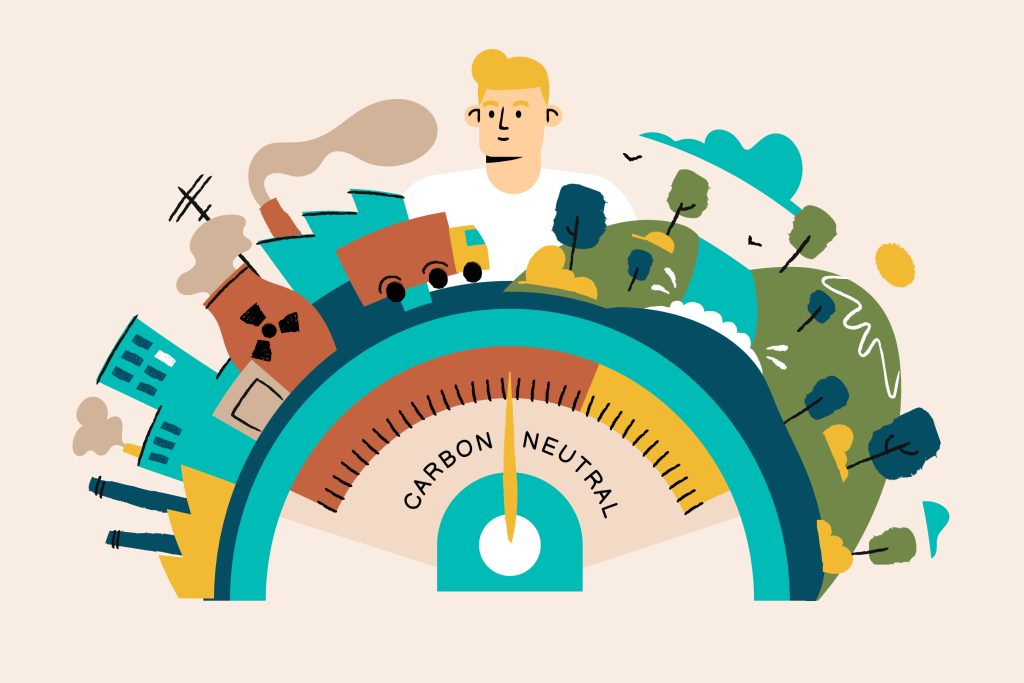As the climates of the world change, water resources come under increasing stress from drought, floods, and erratic seasonal patterns. Climate water resilience, based on scientifically tested knowledge, is attainable only through structural adaptation and technological innovation. Among the most innovative solutions in this field is the use of predictive analytics, allowing researchers and communities to foresee challenges before they become overwhelming. From demand forecasting to risk detection in distribution, predictive modeling provides the scientific basis for resilience. Emerging systems such as Water Warn show how predictive approaches are becoming embedded in everyday life, coupling households with state-of-the-art science. This blog considers how climate water resilience is established through predictive science, looking at its applications in hydrology, infrastructure, economics, behavior, and community cooperation. Together, they illustrate how resilience is not just about riding out crises, but preparing ahead of time, with predictive analytics and intelligent solutions like Water Warn at the forefront.
Hydrological Forecasting and Climate Adaptation
Today, hydrologists increasingly depend on predictive analytics to predict rainfall, ground water recharge, and risk of drought (Hydrology & Earth System Sciences, 2023). Predictive models use climate data, soil moisture, and urban usage patterns to determine areas of weakness. The predictive tools enable neighborhoods to prepare for shortages well in advance, maintaining climate water resilience. Water Warn at the household level is the same science applied by linking real-time monitoring with predictive warning. Households can observe how the seasons impact their usage and adjust accordingly. For instance, models indicate water demand grows 20% during heatwaves; by predicting this, households alleviate strain on municipal infrastructure. Research claims predictive analytics in combination with conservation practices brings climate water resilience more within reach of adopting, converting it to proactive rather than reactive. By translating these observations into day-to-day activities, people contribute to hydrological stability on a large scale and show that predictive science enhances resilience at every level.
Infrastructure Science and Preventive Maintenance
Aging infrastructure is one of the biggest obstacles to climate water resilience. Leaks, pipe failures, and outdated distribution networks squander millions of gallons every year. Scientists now use predictive analytics to pinpoint weak spots in networks before failures happen (Journal of Infrastructure Systems, 2024). By evaluating flow data and pressure fluctuations, predictive models identify areas vulnerable to failure. Cities employing these strategies report 30% fewer service interruptions. At the household level, Water Warn uses the same principle by catching anomalies early, averting costly destruction. Research underscores that resilience lies in prevention, not repair. Predictive analytics enables cities and families to act prior to failures intensifying, proving invaluable to long-term climate water resilience. By integrating predictive tools into everyday life, Water Warn participates in a broader trend where science foresees risks rather than reacting to crises. Such scientific foresight guarantees infrastructure longevity and public safety in a time of climate uncertainty.
Economic Insights into Water Resilience
Economic science shows that decision-making is profitable when based on predictive analytics, slashing costs in both the near and distant future (Water Economics Review, 2023). Cities that rely on predictive systems save billions each year by dodging crisis-level repairs and emergency water imports. On a household level, predictive monitoring saves money by catching inefficiencies before they balloon into bills. The goal of climate water resilience is that such savings can be reinvested in sustainable practices. Water Warn demonstrates this connection by integrating predictive warnings and affordability so that households can avoid both waste and cost. Studies demonstrate that families using predictive warnings save up to 30% of their bills whilst conserving resources. If these savings were scaled across communities, the economic argument for climate water resilience would be indisputable. By safeguarding resources and preventing the shrinkage of financial stability, predictive science has become integral for the sustainability and affordability of modern freshwater management.
Behavioral Science and Predictive Engagement
Human actions are among the most important yet least predictable conservation ingredients. New research indicates that when applied to behavior, predictive analytics can steer behavior through proactive alerts and tailored feedback (Nature Sustainability, 2022). People are more likely to change behavior when they see predictions about how current usage will impact future bills or shortages. This in turn fosters a virtuous feedback cycle of behavior that bolsters climate water resilience. Water Warn implements this principle by informing users with predictive data about lifestyle, showing them how daily habits look in general, making the abstract warning into dynamic instructions. For instance, a forecast that says the household is using too much water during the evening can prompt the family to reschedule when they do laundry or water the plants. The idea is that over time these quirks in our behavior help build resilience by shaping our personal habits with sustainability in mind. Behavioral scientists tell us that when you inform, it suddenly makes that person or system accountable, making them, in some small way, a player in resilience. In this manner, Water Warn portrays how forecasting science influences human behavior through means of sustainable development.
Community Collaboration and Predictive Models
Sharing data and working together can make a difference in communities. Community-level predictive analytics lead to more resilient networks of climate water resilience (Science Advances, 2023). By aggregating data across neighborhoods, towns can predict stress points, maximize distribution, and coordinate conservation campaigns. This method converts satellite tracking into a collective scientific instrument. Though it’s geared toward individuals, the Water Warn ethos is the same scientific philosophy: predictive analytics is most useful when used in tandem. When neighborhoods harness predictive models, they cut demand peaks, avoid shortages, and build confidence in municipal systems. Research shows that communities taking advantage of predictive feedback contribute more to protecting nature. It is by inserting predictive analytics into shared infrastructure that communities become equipped with climate water resilience more quickly and more easily. Tools like Water Warn, by democratizing predictive science, help make collective resilience a lived experience, an imperative for stability in unpredictable climates.
Conclusion
The science is clear: climate water resilience is being built with foresight, and foresight is built on predictive analytics. From hydrological predictions to infrastructure resilience, from economic savings to behavioral adaptation, predictive science informs people and society how to prepare for tomorrow. Water Warn is an example of how theoretical concepts can be transferred into the real world, using research to influence everyday life and encourage families to think about environmental issues more broadly. With the increasing pressures of climate, it is no longer enough to be entirely reactive. By using predictive analytics, society is able to proactively, cost-effectively, and scientifically prepare for resilience. When people, homes, and communities use prediction to make decisions, they are behaving as water stewards. In the end, climate water resilience is not a concept but a science-based practice, the result of daily action fed by predictive understanding and tools like Water Warn.

